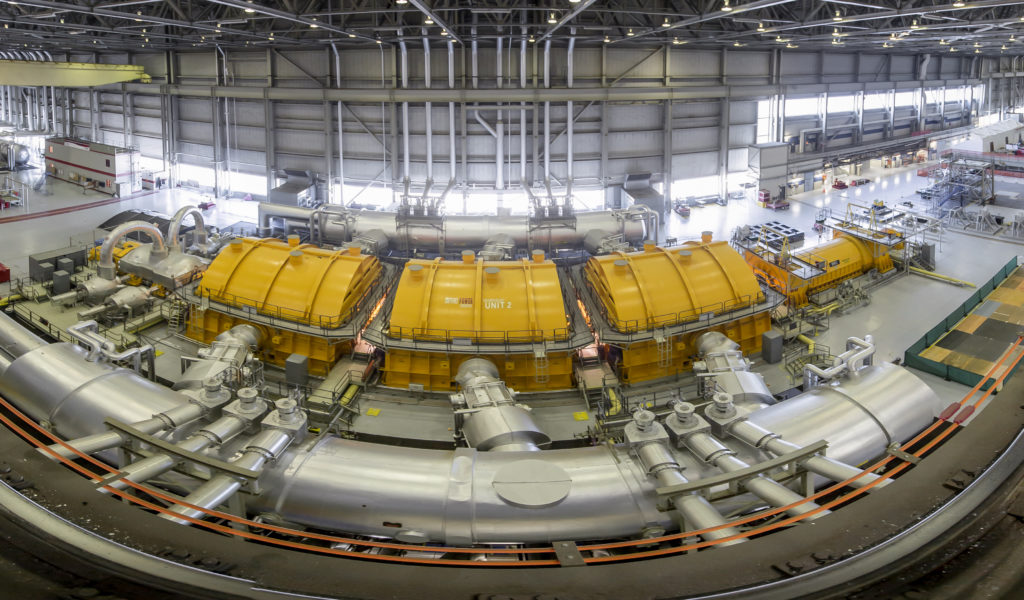Current Fleet Refurbishment
Canada’s CANDU reactors are designed to operate reliably for decades. Most of Canada’s 19 reactors are midway through their life cycles, and some are scheduled to cease operations within a decade.
Refurbishment projects
The CNSC has granted approval for OPG’s refurbishment of the Darlington 3 reactor, marking a significant milestone. This clearance enables OPG to progress into the “guaranteed shutdown state” phase and commence low-power testing. Darlington 3 represents the second of four Candu reactors undergoing refurbishment, with a targeted completion date in early 2024. Unit 2 successfully returned to service in April 2020, Unit 1’s refurbishment began in February, aiming for completion in mid-2025, and the refurbishment of Darlington 4 is scheduled to commence in the third quarter of 2023.
Bruce Power has achieved a noteworthy feat by completing fuel loading at Bruce 6 ahead of schedule. This accomplishment is a crucial component of a broader initiative aimed at extending the operational lifespan of six Candu reactors at the Bruce Power site by an additional 30 years. Each fuel bundle employed in these reactors generates clean electricity equivalent to that produced by 400,000 kg of coal or 400,000 cubic meters of natural gas.
Benefits of refurbishment
The refurbishment will increase Ontario’s return on investment in its nuclear fleet by doubling its lifespan — but it will bring several other benefits.
- Fighting climate change
Continuing to use zero-emission nuclear energy will help Ontario avoid burning more fossil fuels and avoid greenhouse gas emissions. - Improving air quality
Ontario’s nuclear fleet made it possible for the province to discontinue its use of coal, leading to a sharp decline in smog days and related problems with respiratory health. - Creating jobs
According to Canadian Manufacturers & Exporters, one reactor refurbishment will provide 6,500 direct years of employment. Once major components have been replaced, a single nuclear unit will employ nearly 1,000 people in full-time jobs for decades.
Photo credit: Ontario Power Generation’s Darlington Nuclear GS

